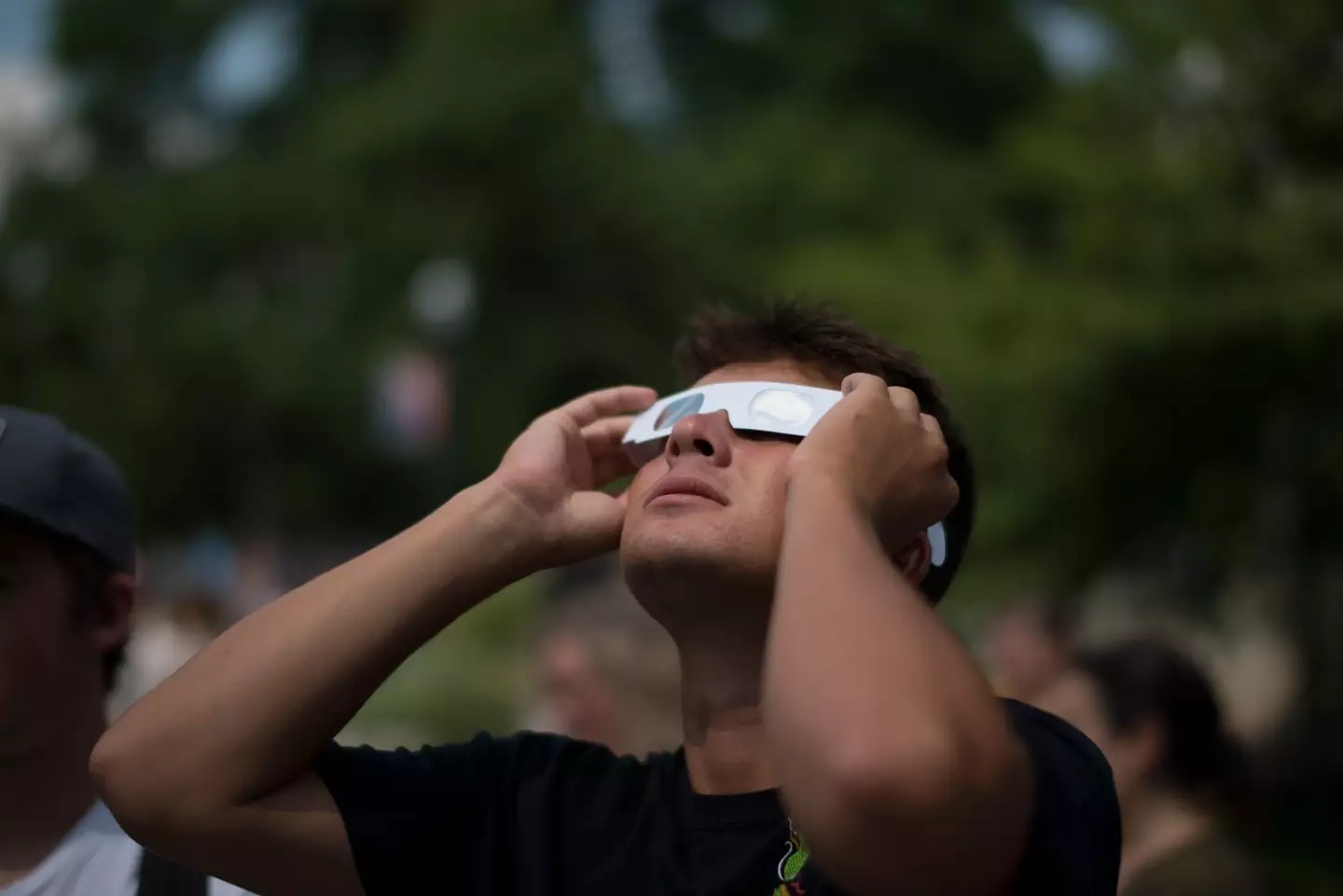
Prepare to look up to the skies later this week, because you'll have the chance to witness a solar eclipse that won't be visible again until 2046.
Just think about how much will have changed by that time. There'll probably be some epic new way to experience the eclipse through AI or VR or some other technological advancement.
But before then, you get to experience it the old-fashioned way - by looking up at the sky, with the appropriate equipment to protect your eyes.
Set to occur on 14 October, the eclipse is nicknamed a 'ring of fire' solar eclipse because the sun's light will shine out around the dark shadow of the moon.
Advert
It will be visible in the skies over North, Central and South America, with NASA running a live stream to share views from Albuquerque, New Mexico; Kirbyville, Texas; and White Sands, New Mexico.
Locals are being encouraged to get out and see the sight for themselves if they can as Kelly Korreck, eclipse program manager at NASA, pointed out it won't be possible to see again any time soon.

“The next annular eclipse seen in this part of the country is actually going to be in 2046,” Korreck told CNN. “It’s going to be a long stretch before we will see this phenomenon again, so we’re really encouraging folks to go out there and observe safely.”
Advert
To ensure you don't damage your eyes while observing the eclipse, it's recommended that your wear eclipse glasses or use a handheld solar viewer, or watch the event unfold through a telescope, binoculars or camera, which has a solar filter on the front.
Regular sunglasses do not provide enough protection to observe the eclipse. Looking at the eclipse without protection can cause severe eye damage.

The solar eclipse will begin at 12:13pm ET, at which time it will pass from the Oregon coast to Texas’ Gulf Coast, appearing in Oregon, Nevada, Utah, New Mexico and Texas.
Advert
Residents in some parts of California, Idaho, Colorado and Arizona will also be in with a chance of witnessing the event before it comes to an end at 1:03pm ET.
States directly in the path of the eclipse will be able to see around 90 percent of the sun being obscured for up to five minutes.
As the sun begins to get blocked out, residents may notice the sky get darker and the temperature start to drop.
NASA has created an interactive eclipse tracker with details about the best areas to watch the event take place in full, though people in the remaining states of the continental US might be in with a chance of seeing a partial solar eclipse, where only part of the sun is covered by the moon, if weather conditions allow.